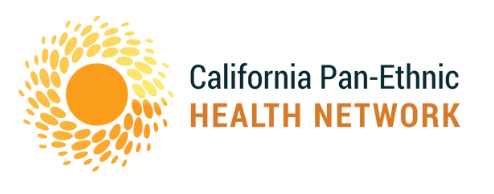When it comes to recreational space, not all neighborhoods are created equal. Low-income communities and communities of color consistently have the fewest recreational facilities. Even where recreational facilities do exist, there are often other barriers to meaningful access, such as safety concerns, lack of transportation to the facilities, and poor maintenance due to inadequate funding. The result: Residents of these communities often have the fewest opportunities for physical activity.
In Los Angeles, for instance, access to recreational space is disturbingly inequitable. While standards vary, many experts recommend that a city have at least ten acres of park and recreation space per thousand residents. White L.A. neighborhoods more than meet that standard – with an average of 32 acres of park space per thousand residents – but Latino and African-American neighborhoods have only 0.6 and 1.7 park acres, respectively. Similarly, low-income neighborhoods have less than a half-acre of park space per thousand residents, while higher-income neighborhoods have 21 acres.
These patterns are pervasive. Throughout California and the country, low-income communities and communities of color are far less likely to have access to recreational spaces than their white, higher-income counterparts. Unfortunately, and perhaps not surprisingly, the places with the fewest opportunities for physical activity often have worse health outcomes.
Health Inequities in California
The lack of safe, affordable places to play and be active contributes to the health inequities facing low-income communities and communities of color across the state. Residents of “park poor” communities disproportionately bear the burdens of the obesity and diabetes crises:
- Nearly half of Latino schoolchildren and 40% of African-American students in California are at an unhealthy weight, compared with less than 30% of white students.
- Nearly three-quarters of African-American and Latino adults in California are overweight or obese, compared with 57% of whites.
- Diabetes rates are higher among California adults of color, and the number of new diabetes cases diagnosed is increasing significantly faster for Hispanic and African-American adults than for non-Hispanic white adults.
Inequities in access to recreational space too often mirror inequities in health outcomes. But shared use, a practical, low-cost strategy, has great potential to address this by providing recreational opportunities in the neighborhoods that need them most.
Using Shared Use to Address Health Inequities
Shared use – also called joint use or community use – occurs when government entities, or sometimes private organizations, agree to open or broaden access to their facilities or other recreational spaces for community use. But shared use can do more than create access to places for play and exercise. It can advance health equity by helping communities respond to local needs and prioritize areas where space for physical activity is most notably absent. Because it makes use of existing facilities, shared use is a particularly potent tool in cash-strapped neighborhoods, where a lack of funding prevents the development or maintenance of recreational spaces.
Creating meaningful and equitable access to recreational space is about more than simply opening up facilities to the public. ChangeLab Solutions has identified three ways public health advocates and shared use practitioners can use shared use to advance health equity:
- Engage the Community: It’s important that recreational opportunities sufficiently meet and respect local needs. Community engagement can ensure shared use efforts target locations, facilities, and programming residents want. Advocates must remain sensitive to concerns about community identity, and ensure investment in recreational areas and parks does not make priority neighborhoods too expensive for existing residents.
- Make Use of Data: Proponents of shared use should keep an up-to-date inventory of areas that have the greatest need for recreational space, and identify spaces and facilities in those neighborhoods that may be appropriate for shared use. Data and maps can help advocates work with residents to design an arrangement focused on community priorities.
- Think Upstream: Shared use should not be considered a substitute for adequate funding to develop or upgrade recreational facilities. Equity-focused shared use should be one part of a larger strategy to increase recreational access and reduce health inequities. Advocates for social and racial justice must continue to look at the root causes of health disparities, including inequities in funding for facilities and infrastructure.
Communities can, and should, use shared use as a tool for increasing opportunities for physical activity in areas with the fewest resources and facilities. Lack of physical activity is rarely the only or primary issue in these communities. Poverty, poor educational outcomes, environmental pollution, and crime are often more immediate concerns than access to spaces for exercise and play. However, if public health advocates thoughtfully engage with residents to develop shared use sites that meet community needs, this strategy can have broad and lasting benefits.
For more information on using shared use as a tool to address health inequities, check out ChangeLab Solutions’ fact sheet, Fair Play: Advancing Health Equity Through Shared Use.
